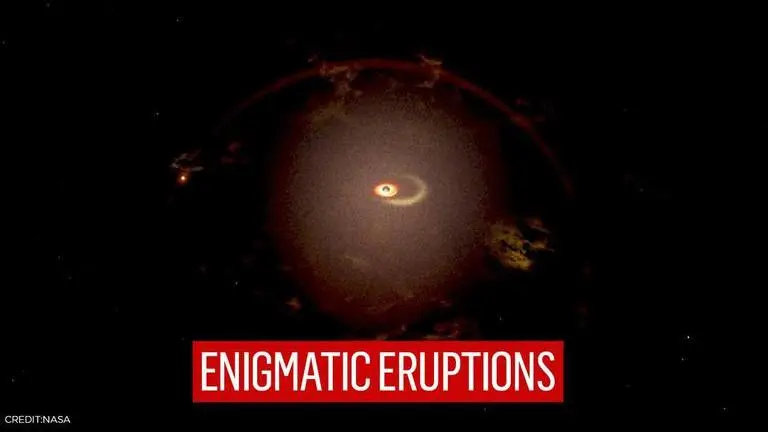Updated 20 January 2021 at 20:26 IST
NASA investigates into a galaxy that erupts every 114 days
While the outer space is full of enigmatic phenomenon, one particular galaxy has left experts at National Aeronautics and Space Administration (NASA) puzzled.
- Science News
- 2 min read

While the outer space is full of enigmatic phenomenon, one particular galaxy has left experts at National Aeronautics and Space Administration (NASA) puzzled. The space agency is now investigating into a galaxy spotted 570 million light-years away which periodically erupts every 114 days. Neil Gehrels Swift Observatory and Transiting Exoplanet Survey Satellite (TESS), which first observed the outburst, said that the eruption has occurred for 20 times till now.
“These are the most predictable and frequent recurring multiwavelength flares we’ve seen from a galaxy’s core, and they give us a unique opportunity to study this extragalactic Old Faithful in detail. We think a supermassive black hole at the galaxy’s centre creates the bursts as it partially consumes an orbiting giant star,” Anna Payne, a Nasa Graduate Fellow at the University of Hawai’i at Mānoa said in a statement.
Three possible explanations
In the aftermath, NASA had laid out three possible explanations for the outburst named ASASSN-14ko. The first is that it is caused by interactions between the disks of two orbiting black holes. Recent data shows that the two black holes exist, but they do not seem to orbit closely enough to cause the flares. The second possibility is that a passing star was intercepted by the black hole, but since the flares have been consistent with regard to their shape, scientists deem this unlikely. The third and the most plausible explanation talks of a partial tidal disruption event, when a star gets too close to a black hole and matter is continually siphoned off. The star’s orbit is not circular, meaning each time it approaches the black hole it gets closer and more mass is depleted.
Advertisement
Advertisement
“ASASSN-14ko is currently our best example of periodic variability in an active galaxy, despite decades of other claims, because the timing of its flares is very consistent over the six years of data Anna and her team analyzed,” said Jeremy Schnittman, an astrophysicist at NASA’s Goddard Space Flight Center in Greenbelt, Maryland, who studies black holes but was not involved in the research. “This result is a real tour de force of multiwavelength observational astronomy,” NASA said in a statement.
Published By : Riya Baibhawi
Published On: 20 January 2021 at 20:26 IST
